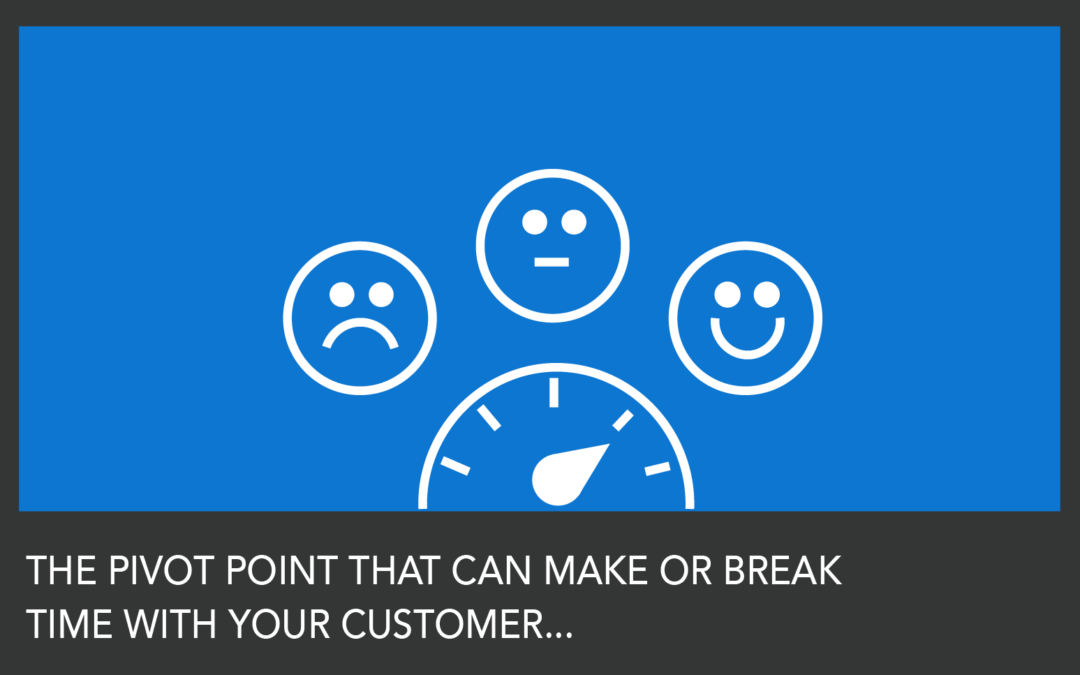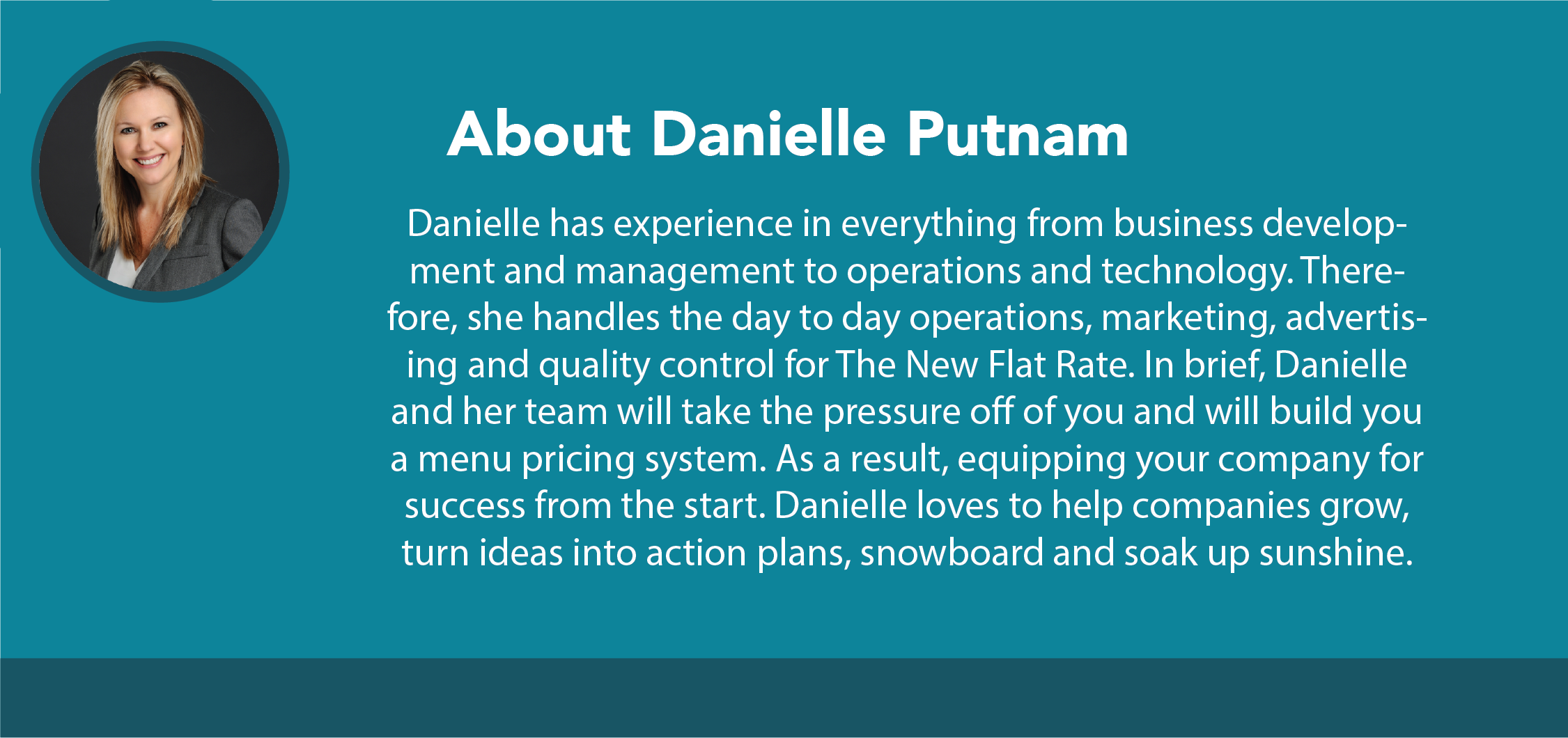Day in and day out we have face time with our customers. A little connection can go a long way. In what direction, well, that’s to be determined. If we’re honest, some of the biggest complications for plumbers across America is in fact the customer. There will always be that one customer that is irrational and not satisfied with your service, and in some cases, this can ruin your entire week. But, I would venture to say, most interfaces can be a positive experience or be given a quick turnaround. Yes, even the one’s threatening to bury your business in bad reviews and social media blitzes can be saved. So, what’s the give? What exactly is the pivot point that can make or break time with your customer? The platform of redemption is in fact, understanding their pain. Figuring out the source of their discomfort in relation to why they called you should be your goal in the first few minutes of arriving.
Even if your dispatch ticket already states your customers’ problem and why you are at their home, begin the conversation with, “Hi I’m Danielle, what brings us out here today?” Allow them to tell YOU their pain.
MASTER A NEW SKILL
When you decided to become experts in plumbing, you might have never calculated the amount of social skills that would be needed to be successful. It’s easy to think that all we will need is the expertise to solve problems in the systems we fix. Without realizing it though, we think our tool belts and fully stocked trucks give us some psychological knowledge into what exactly is going on in the customers mind. Or, we don’t even consider that there could be something else causing the agitation than just the leaky pipe. You would think you signed up to be a mind reader in addition to superstar technician.
WE ARE NOT MIND READERS
Let’s be honest with ourselves, very few of us know our customers story. We only know their addresses and the way they prefer to pay. We are not our own customer. Although, we do try to relate to our customers, we do not share their personal pain. So, we must stop assuming we know everything about their situation. Because, it might not be that they’re simply frustrated with the inconvenience of a clogged toilet. The real reason could be that they’re two days away from having a potty-trained toddler and now that the source of their training has been cut off, they will have to start from square one. Remember, just because you think it’s not a big deal, doesn’t mean it’s not a big deal. Your perception of the pain comes from your life experiences, not from your customers reality. Remember, the pain changes with each customer…it’s rarely the same.
CREATE SYSTEMS FOR COMPASSION
What’s the solution then? How do we create a system to learn about our customers true pain? We didn’t sign on to be mind-readers, we signed up to be good plumbers. Remember this, not all good plumbers are successful plumbers. It takes more than just your workmanship to be profitable.
Let’s start with three possible solutions to finding out the customers pain and setting up systems for compassion in your company.
- Listen with full attention to the details. When yellow flags pop up, go back to the pain point of what your customer told you they wanted and or needed and see how the two relate. Also, how many times are you three steps ahead of your customer while they’re giving you the rundown? Listening will be your best friend.
- Keep the main thing the main thing. Keep the call centered around why your customer asked you to come out in the first place. Once you present your options for repair, they will inevitability address their discomfort too. Alleviating their pain is important, but you can’t fix everything in their lives. Stick to the task at hand and fix the problem just like you were trained to do. Your hero status will still be in tact when this invoice is signed.
- Ask the right questions! What if right out of the gate you asked the following question: “Mr./Mrs. Customer, are there any major inconveniences or complications that this problem is causing at the current time?” Don’t try to assume you know. Make it easy for them to tell you.
We are not our customer. So we must open the communication to ask them, “What brings us out here today?” And listen deep to discover their pain point.




